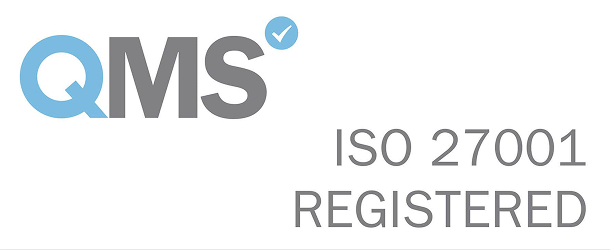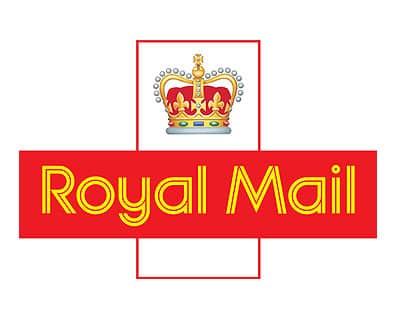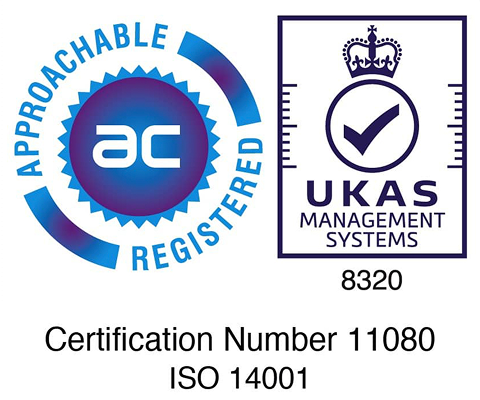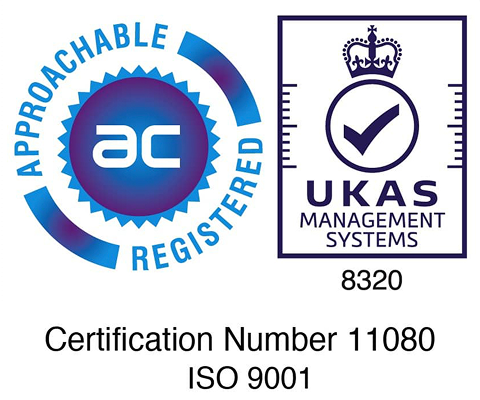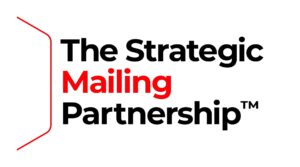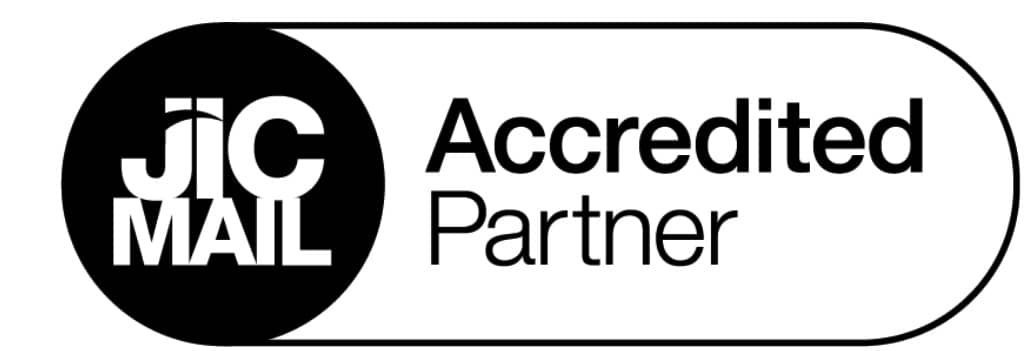Amidst the domination of digital ads and social media scrolling, there’s something refreshingly effective about a well-designed flyer or leaflet. These tactile marketing tools give businesses a direct line to their audience, making it easier to inform, persuade and stay top-of-mind.
You can use flyers and leaflets to support various marketing goals. Whether you’re launching a new product, promoting a seasonal offer or simply raising local awareness, they offer a low-cost, high-impact way to share your message.
What’s more, they’re easy to distribute and quick to produce.
This guide takes a detailed look at flyers and leaflets, focusing on:
What are flyers and leaflets? Key differences explained
Flyers and leaflets are often mentioned together, and it’s not hard to see why. Both are compact, versatile print formats used to spread messages quickly and affordably. But while they share similarities, there are subtle differences in how they’re designed and used.
Flyers are typically single sheets of paper, usually A5 or A6 in size, designed for quick and impactful communication. They’re commonly used for promotional handouts, event announcements or one-time sales. Flyers tend to feature bold visuals and concise messaging to catch attention quickly, making them ideal for busy environments like trade shows or high-footfall retail areas.
Leaflets, on the other hand, are more detailed and often folded. This can provide more space to explain your services, highlight selling points or tell a story. Leaflets are commonly used for service menus, product guides or local business introductions.
In short: flyers shout, leaflets explain. Both can be useful parts of a company’s print marketing strategy, but the right choice depends on your goals and priorities.
Choosing the right type: sizes, folds and formats
When it comes to planning and designing your flyers and leaflets, size and format can make all the difference in how your message is received. The key is to match your content and purpose to the right print specification, ensuring your design looks sharp and your message lands.
Let’s take a look at some of the options available.
Choosing the right layout for printing your flyers and leaflets is more than an aesthetic decision. It’s about ensuring your content flows naturally, fits the format comfortably and makes it easy for your audience not only to pay attention, but to take action.
Design tips for high-impact flyers and leaflets
Great design is at the heart of every effective flyer or leaflet. Whether you’re trying to grab attention on the street or hold someone’s focus through the letterbox, your layout, colour choices and content balance all play a vital role.
Here are some general design tips to help your printed materials perform:
Another key principle to always bear in mind is that design fundamentals matter.
Also, don’t underestimate the value of professional design. While free templates can be a helpful starting point, they can only take you so far. Many underperforming campaigns suffer from DIY design that lacks visual flair and impact.
If you’re investing in print, it’s worth considering expert services like The Graphic Design House, our sister company, to ensure your materials look the part and deliver results.
Paper quality, finishes and eco-friendly options
The look of your leaflet or flyer is obviously crucial, but how it feels can also be important. The paper quality and finish you choose can shape how your brand is perceived, so it’s worth considering carefully.
GSM (grams per square metre) measures paper thickness. A higher GSM creates a sturdier feel, which can help to suggest a premium experience.
Finishes
Your choice of finish when printing flyers and leaflets will depend on your brand identity and aims, as well as practical considerations.
Gloss finish is smooth and shiny, making it a good option for vibrant imagery and bold colour. Matt, meanwhile, is flat and non-reflective, meaning it’s easier to write on and often preferred for a more refined look.
If you’re targeting premium markets, tactile finishes like soft-touch laminate, embossed details or spot UV coating can enhance your direct marketing materials and make them memorable to touch as well as see.
Another major consideration when it comes to paper selection is sustainability. Using recycled paper to print your flyers and leaflets can reduce your environmental impact and also resonate with today’s ethically minded consumers.
If this is beyond your budget, you could consider the option of carbon-balanced paper. Carbon emissions associated with the production of this paper have been calculated and offset through verified carbon reduction projects, making it a more sustainable printing choice.
How much does flyer and leaflet printing cost?
This is a question that businesses are understandably keen to ask when considering flyer and leaflet printing, but the answer really depends on a wide range of factors.
For example:
With so many variables in play, the most accurate way to find out what it will cost to print your marketing leaflets or flyers is to get a quote. We offer clear, no-obligation pricing based on your specifications, to help you make plans and get the best value for your budget.
Custom flyers and leaflets for every industry
Flyers and leaflets are highly adaptable marketing tools and their flexibility makes them valuable across a range of industries. With the right design and messaging, you can tailor them to meet the specific needs of your sector and audience.
Custom flyer and leaflet printing means you can shape each element – such as size, style and finish – to suit your industry and goals.
FAQs about flyers and leaflets printing
This really depends on factors like your budget and marketing goals. Double-sided printing provides space for more information without cluttering the design, making it suitable for detailed communication. Single-sided printing can be a more cost-effective option for quick announcements and snappy messaging.
If you’re looking for a high level of quality, especially for large quantities of flyers and leaflets, home printing is unlikely to deliver what you need. Using a professional printing service gives you a choice of paper options and guarantees a consistent end product.
This varies by company, but you shouldn’t have too much trouble finding a UK provider with a low minimum order, possibly starting from as few as 100 units. If you’re looking for ways to lower your cost per unit, it could be more efficient to print in bulk.
Again, this depends on your provider, but it’s usually safe to assume a standard turnaround time of three to five working days. This will depend on variables such as quantity, finish and whether design services are included. Quicker turnaround times could be possible for digital jobs that don’t require special print finishes.
Talk to your print partner about your campaign plans and how they can help you keep to your schedule.
Get started with your flyer or leaflet today
Whether you’re promoting an event, launching a product or building local awareness, printing flyers and leaflets is one of the most effective ways to connect with your audience.
At The Mailing People, we make it easy to create and distribute professional, high-quality direct marketing materials that get results. Get in touch with us today to request a quote or chat through your options.
Our accreditations
